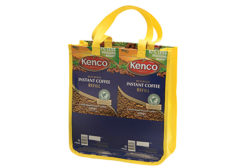Packaging Material
The Best Beverage Packages of 2012
Winning brands showcase functionality and style
December 11, 2012
Packaging design grabs attention
Style, clarity rate highly in packaging design
April 16, 2012
The Best Beverage Packages of 2011
Beverage packages showcase beauty, functionality and sustainability
December 12, 2011
Labels take on new shapes
Labeling materials adapt to packaging forms and functions
November 14, 2011
Education important for recycling efforts
Industry stakeholders work to increase recycling rates
October 14, 2011
Elevate your expertise in the beverage marketplace with unparalleled insights and connections.
Join thousands of beverage professionals today. Shouldn’t you know what they know?
JOIN NOW!Copyright ©2025. All Rights Reserved BNP Media.
Design, CMS, Hosting & Web Development :: ePublishing











